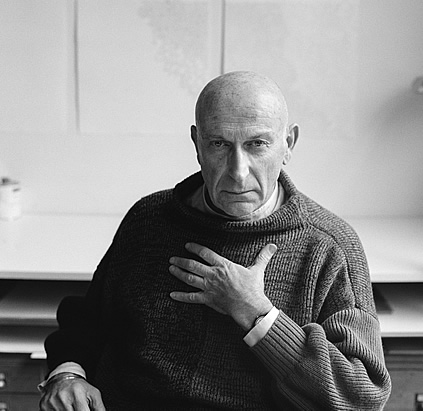The ‘spatial biographies’ of designer Benno Premsela and couturier Max Heymans were the two key topics In the Architectural Analysis course of 2015. Students investigated the most relevant buildings in the personal and public lives in relation to the most important social and cultural transformations in the biography of these two important individuals. Usually it is the ‘written narrative’ that forms the foundation for a classical biography. However, the ‘spatial narrative’ or the ‘spatialization’ of narratives forms the main approach in this study. Thereby, the buildings and houses inhabited by Premsela and Heymans in certain periods of their lifetime do form mnemonic devices that still carry traces of their personal biographies worth being remembered. As the philosopher Edward Casey pointed out, memories are essentially embedded in places: “It is to occupy a portion of space from out of which we both undergo given experiences and remember them. To be disembodied is not only to be deprived of place, unplaced; it is to be denied the basic stance on which every experience and its memory depended. As embodied existence opens onto place, indeed takes place on place, and nowhere else, so our memory of what we experience in place is likewise place-specific: it is bound to place as to its own basis.”[1]
Benno Premsela (1920 – 1997) was born in Amsterdam where he grew up in a wealthy liberal Jewish family. His father was a progressive physician and sexologist who was well-known for his comments on sexual education that were broadcast by the VARA in the thirties. Premsela was interested in design and studied at the New Art School in Amsterdam. In his study he was taught about the contemporary aspects of design that were based on functional esthetics of the Bauhaus movement. Architect Alexander Bodon, a prominent protégé of the Bauhaus, was his most influential professor. Premsela survived the mass-killing of Jews by finding hiding places at several locations. His sister and parents were murdered in Auschwitz. In the post-war period he became one of the leaders in industrial- and interior design in the Netherlands.
Max Heymans (1918 – 1997) was one of the most influential Dutch post-war couturiers. He grew up in a Jewish environment in Arnhem. His father was a trader in silk. As a little boy Heymans already made fashion creations by cutting up the clothes of his mother. His father died in 1933 and Heymans moved to Amsterdam with his mother. Here he started his career by designing fancy hats for women. His creations were sold by the most famous department stores as ‘De Bijenkorf’ and ‘Maison de Bonneterie’ in Amsterdam. During the occupation of Amsterdam in the Second World War, he managed to survive by going into hiding. His mother was arrested and later deported to Bergen-Belsen, where she died just shortly before the liberation of the camp. After the war, Heymans became a very influential avant-garde dressmaker for women and he frequently organized fashion shows in his own atelier or in well-known fashion houses like ‘Hirsch & Cie’ that was situated at the very center of Amsterdam. One of his prominent quotes was: “If all women who wear pants could see themselves from behind, only half the amount of trousers would be sold?”[2]
Max Heymans and Benno Premsela both were very active in the post-war emancipation of homosexuals. They had key roles in the constitution of associations promoting the interests of homosexuals in Dutch society as the ‘Shakespeare Club’ and the ‘COC’ (Culture and Relaxation Centre) in Amsterdam. In this study, not only the engagement of both Heymans and Premsela in the promotion of societal acceptation of the gay culture is visualized through ‘critical cartography’, but also the historical background of homosexuality in Amsterdam is portrayed.
The term ‘critical’ defines not just a simple analysis and rejection of concepts or practices. Critical cartography does not aim to invalidate maps, instead the critique is meant as an careful analysis of maps identifying attributes that are hidden or taken for granted. The critical approach is therefore an ethos and a practice, a process of permanent questioning of the interrelation between historical time, social action and architectonic space.
[1] Edward Casey (1987), Remembering. A Phenomenological Study, p. 182
[2] Max Heymans (1966), Knal
Research partners:
Technische Universiteit Eindhoven
Joods Historisch Museum



